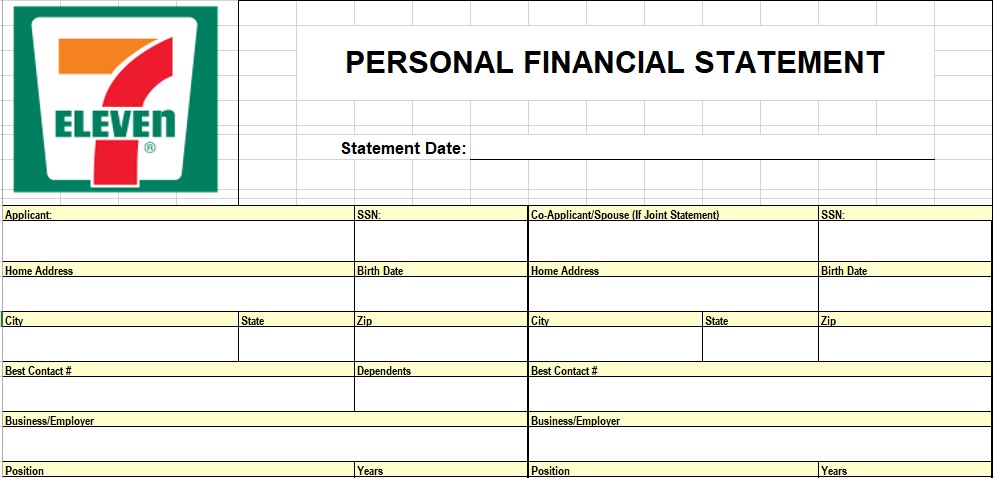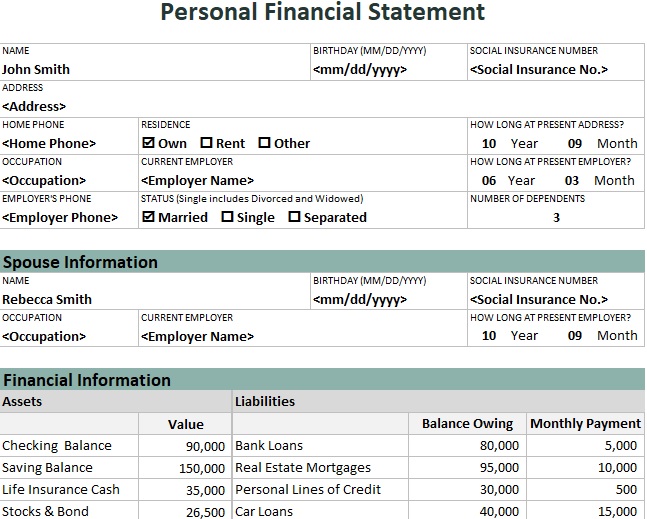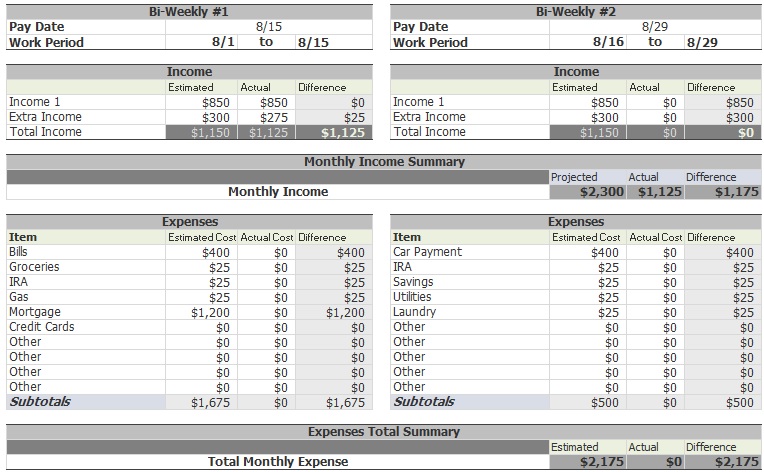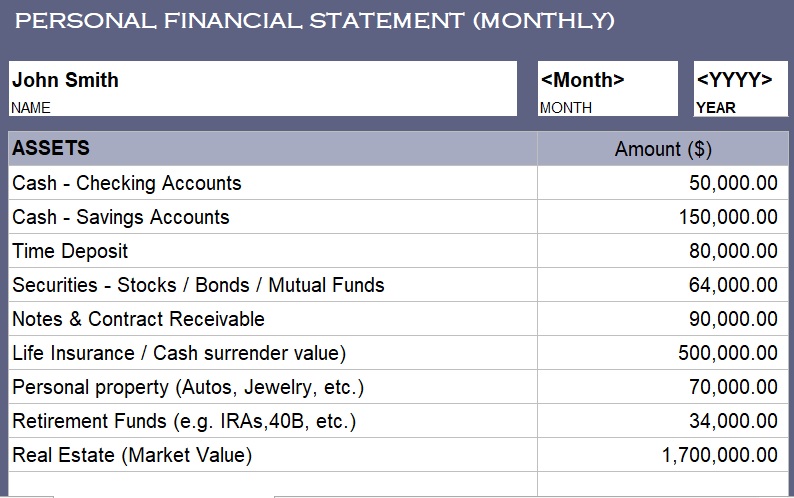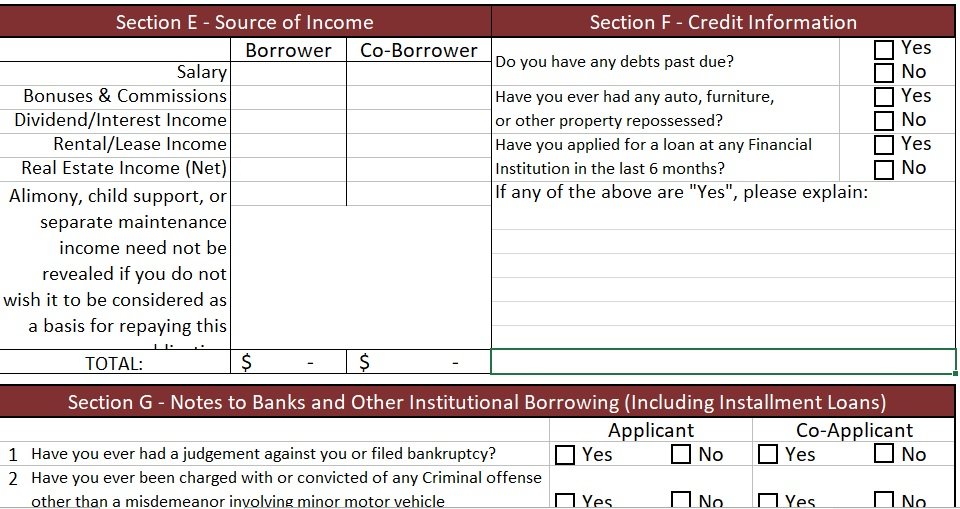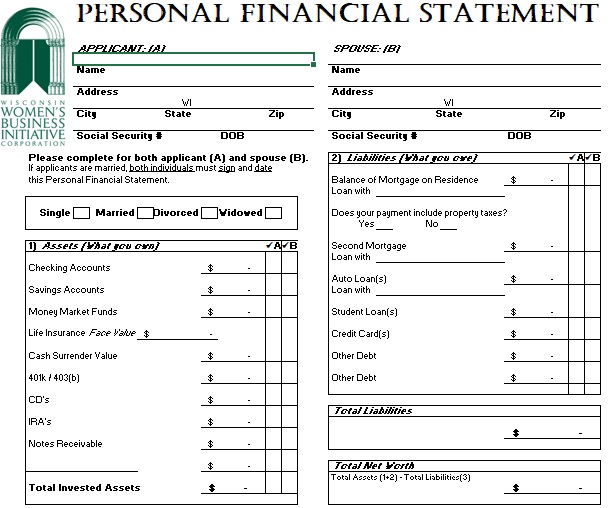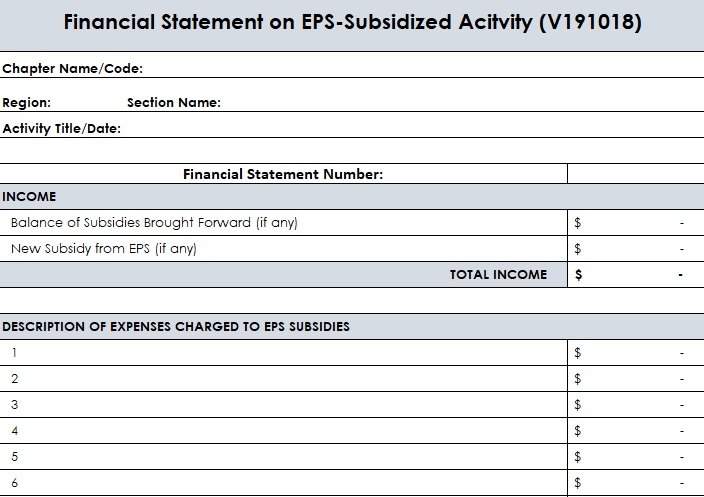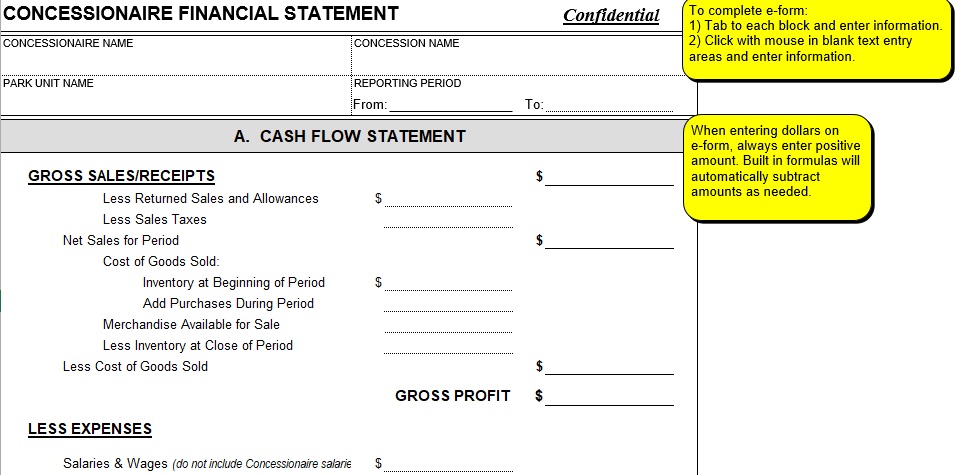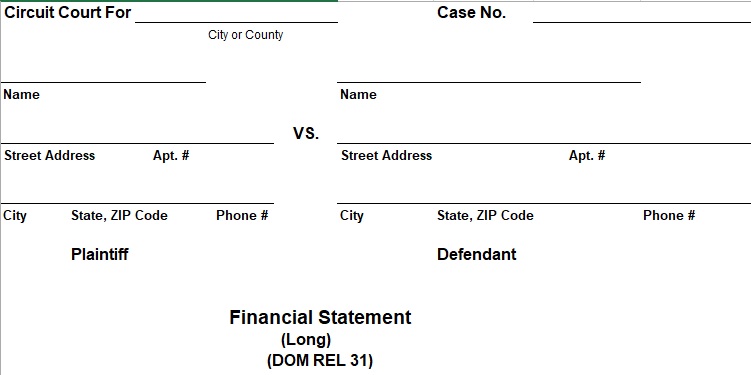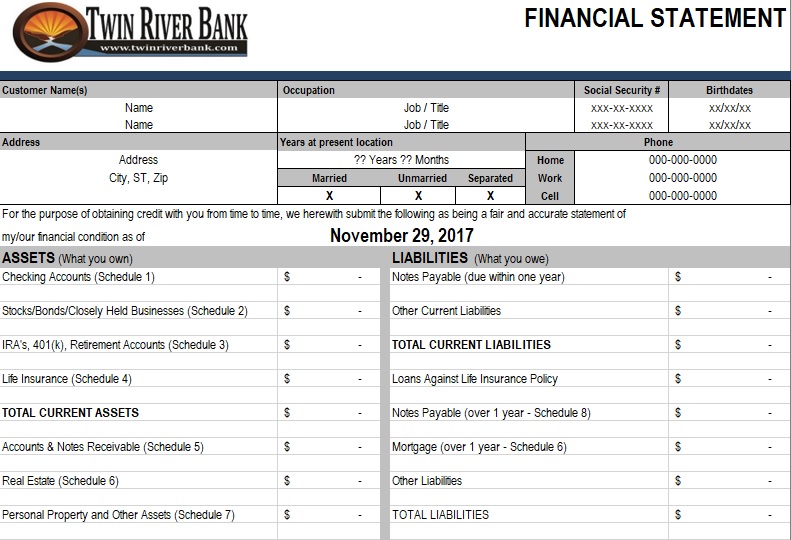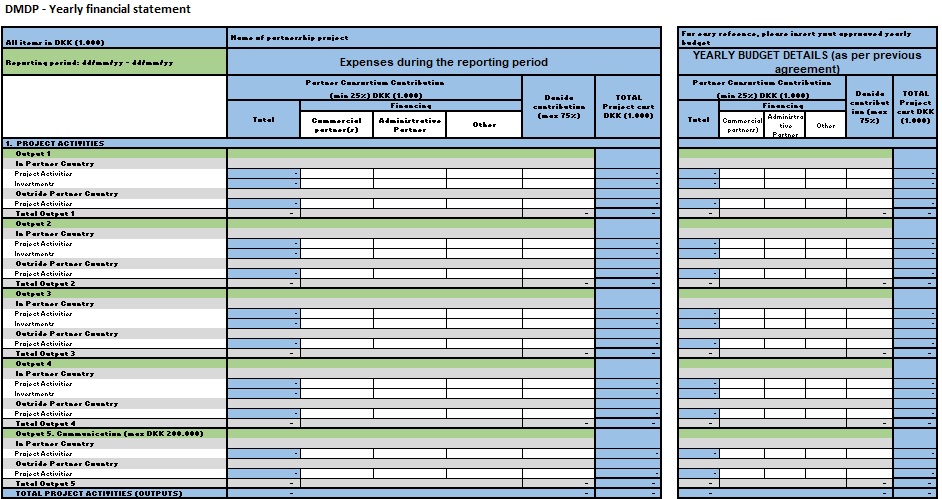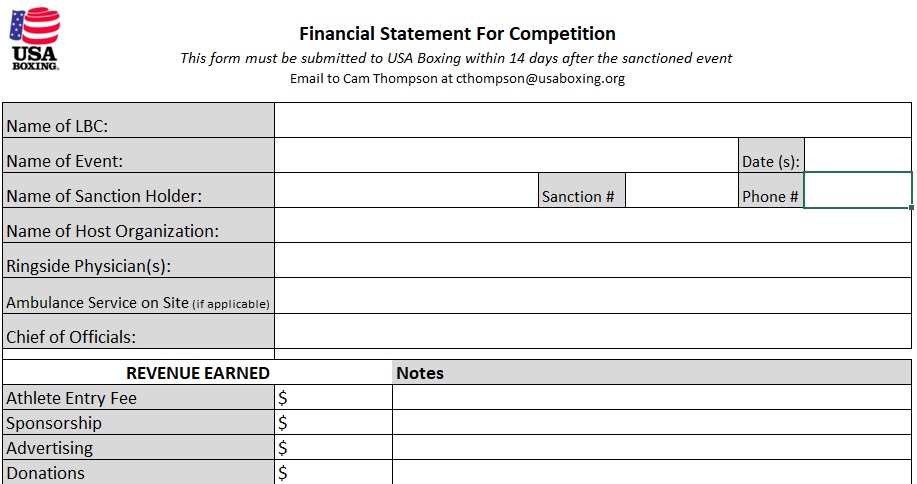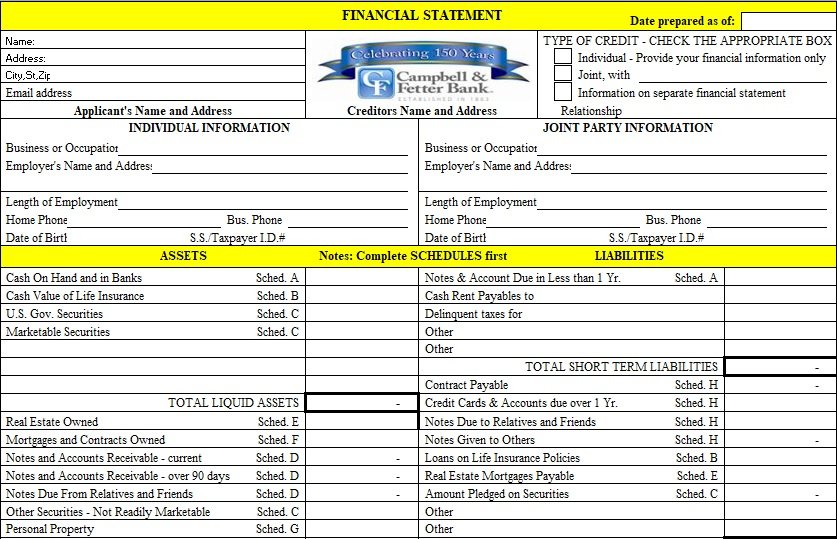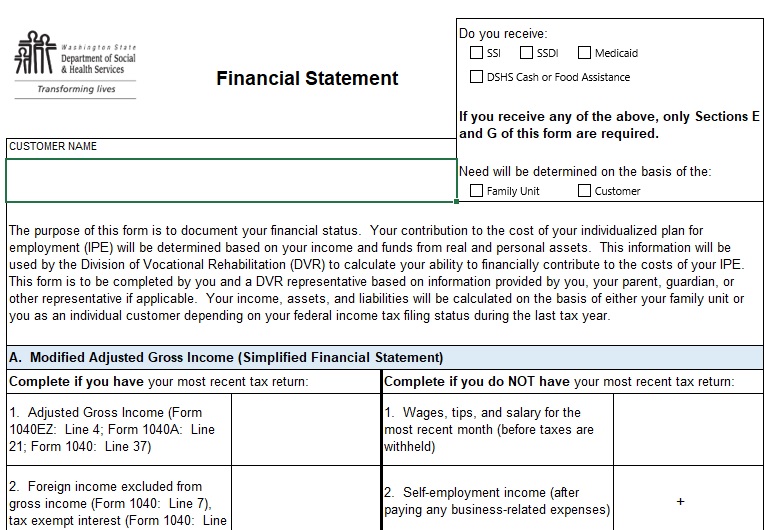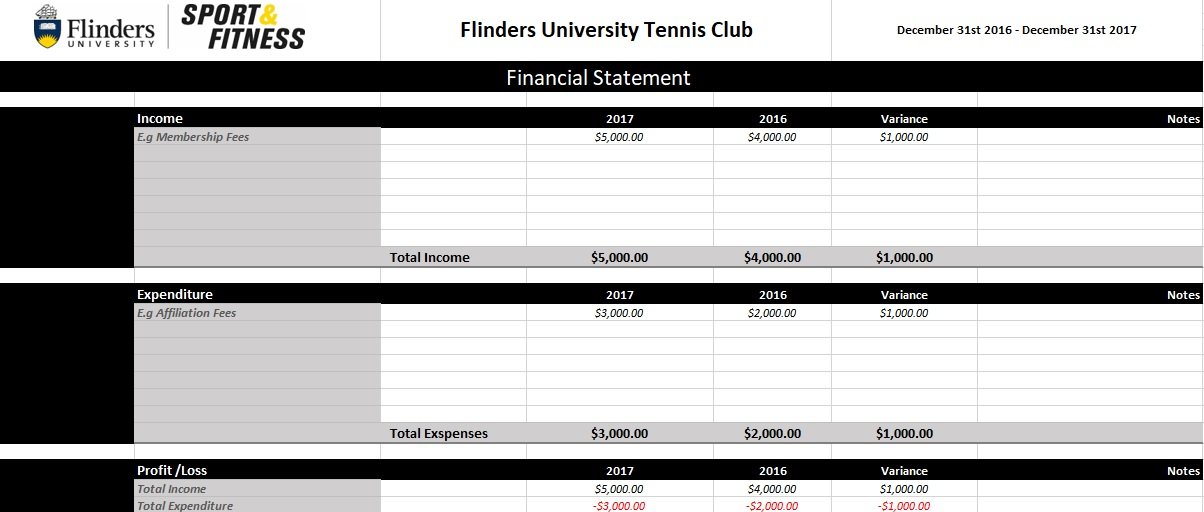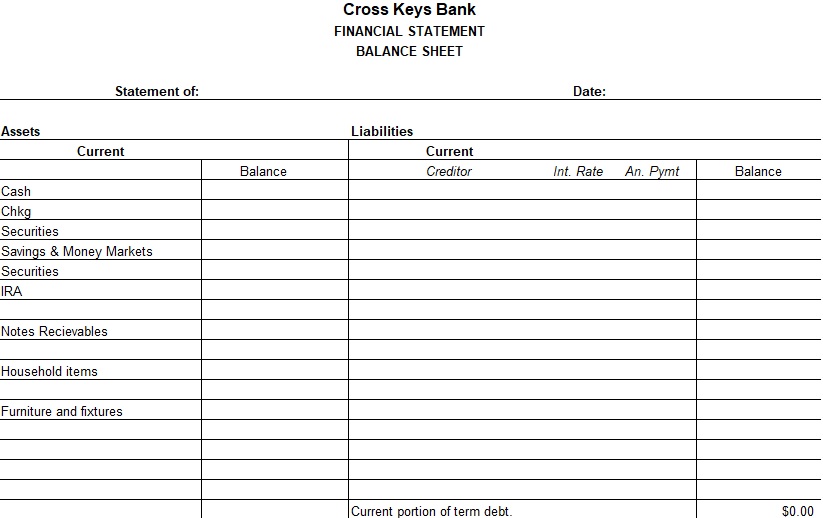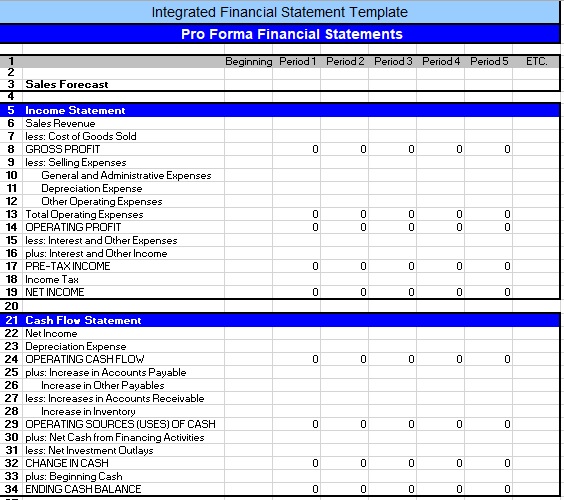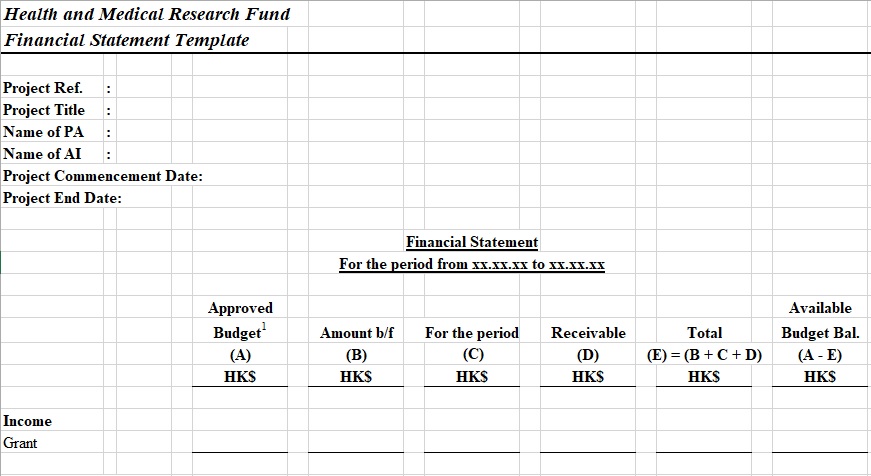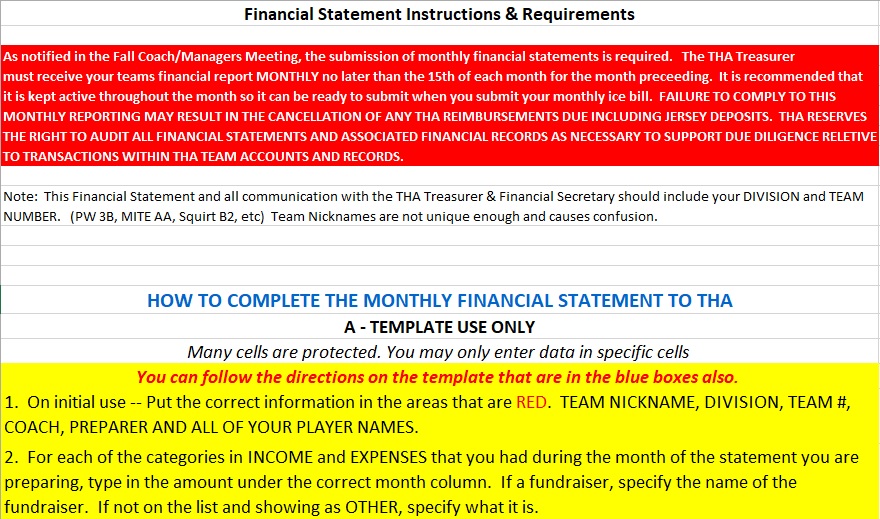A financial statement template is a document that contains an official record of an entity’s (either an organization or an individual) financial activities. The financial statement measures your company’s performance, financial strength, and liquidity. This statement also indicates the financial effects of events and business transactions of your company.
Table of Contents
- 1 What is a financial statement?
- 2 Different types of financial statements:
- 3 How to write a financial statement?
- 4 How to read a financial statement?
- 5 Why should you use a financial statement template?
- 6 When do you require a personal financial statement?
- 7 Conclusion:
- 8 Faqs (Frequently Asked Questions)
What is a financial statement?
At a certain point in time, you can also explain a financial statement template as a snapshot of your financial position. It describes your assets, net worth, and liabilities. Ideally, the difference between your assets and liabilities should be your net worth. You have more assets liabilities if you come up with a positive net worth. On the other, in case of a negative result, you have more liabilities than assets.
Different types of financial statements:
Let us discuss below the different types of financial statements;
Income statement
It is the most well-known financial statement. It has your financial information for a specified period of time such as expenses, revenues, and loss or profit. Since it allows you to assess and measure your financial performance from one period to another so it is also known as the Statement of Financial Performance.
Balance sheet
The balance sheet reflects you the balance of your liabilities, assets, and equity by the end of a certain time period. This is also called the Statement of Financial Position. Additionally, it also indicates you the values of your net worth. You can identify your net worth by taking the difference of your liabilities and total assets.
Statement of change in equity
By the end of a certain accounting period, this type of financial statement indicates your company’s shareholder contributions, equity movements, and equity balances. The information mentioned in this statement includes the following;
- The classification of share capitals
- Total share capitals
- Retain earnings
- Dividend payments
- Other state reserves
Statement of cash flow
The statement of cash flow indicates the movement of your cash during a certain period of time. This statement helps you in understanding your cash movement. Moreover, it has three sections;
- Cash flow from your operation
- Cash flow from your investments
- Cash flow from your financing activities
Note to financial statements
This essential statement is often overlooked. It is a requirement by the IFRS. You disclose all of the information that matters so via this statement. Use notes to the financial statements to detail your financial information associated with specific accounts.
How to write a financial statement?
Your financial statement should include the following elements;
Assets
The possible economic benefits that an external entity gets and manages on previous transactions are known as assets.
Comprehensive income
During a certain period from events, circumstances, and transactions from outside sources, this is a change of equity. It generally includes all of the amendments in equity during the defined period other than those coming from distribution to and investments.
Distributions to owners
In net assets, these are reductions brought about by rendering services, incurring liabilities or transferring assets to owners. In addition, the distributions to owners lessen ownership interest.
Equity
After you have deducted the liabilities, this is the residual interest in the remaining assets. Equity in a company refers to the ownership interest.
Expenses
Expenses are the outflows incurring liabilities or assets that are used during a specific period from producing or delivering services or goods.
Gains
These are the equity increases. They come from business transactions and all types of other transactions other than the ones that come from investments or revenues.
Investments by Owner
From other entities to enhance or get ownership interest, these are the net asset increases resulting from the transfers of something valuable.
Liabilities
To give services or transfer assets in the future due to events or transactions made in the past, these are the possible sacrifices of economic benefits in the future from current obligations.
Losses
Unlike gains, losses are the equity decreases from all events, circumstances, and business transactions. They affects your business during a specific time period aside those which result from distributions or expenses.
Revenues
From rendering services, producing or delivering goods or other activities that constitute your central operations, during a certain time period, these are the enhancements or inflows of assets or a settlement of liabilities.
How to read a financial statement?
Let us learn below how to read financial statements;
Reading a balance sheet
A balance sheet imparts your company’s “book value.” With the help of this document, you can see the resources your company has. Also, you can see how you financed these resources as of a specified date. The document indicates your company’s liabilities, owner’s equity, and assets.
Reading an income statement
For a certain time period, this document provides you a summary of the cumulative effect of gain, expense, loss, and revenue transactions. As part of your company’s annual or quarterly report, you would share this. It indicates information on the following;
- Business activities
- Comparisons
- Financial trends
- Over set time periods
Reading a cash flow statement
The main objective of this statement is to provide you a detailed snapshot of what happens to your company’s cash during a specific time period. It indicates how your company has the capability to work in the long- and short-term on the basis of cash that flows into and out of your company.
Reading an annual report
An annual report is a written report that you have to publish annually to your shareholders. It explains your company’s financial and operational conditions. Additionally, it provides you insights about the following;
- Your industry
- An evaluation and discussion of your accounting policies
- Your company’s management team
- Additional information about the company’s investors
Why should you use a financial statement template?
The backbone of any sound accounting department is the solid financial statements. They assist you in keeping track of your financial situation as well as they spot trends. It identifies the ability of a company to repay its debt. Furthermore, it allows you to determine the company’s ability to generate cash.
If you want to achieve standardization then you should make use of a template as it makes sure that your financial statements are accurate. Standardization is crucial because regulators and auditors will use financial statements for;
- Reviewing how a business has generated cash
- Identifying specific business transactions
It is incredibly time consuming to stay on top of your company’s financial statements. In such a situation, a financial statement template comes to the rescue. You can insert all of the key columns and rows that your statement will need with the help of a template. This way, a lot less time will consume.
Moreover, financial statements will assist in attracting lenders and investors who may provide financing which is the most significant benefit of these statements. Your company’s financial statements will be assessed by the banks and potential investors.
When do you require a personal financial statement?
You may have to share information regarding your personal financial data and the financing resources while seeking a business loan or other outside financing. Lenders want to see details regarding your assets that you have pledged as collateral for a loan.
In order to check how well you manage your finances, financing sources may also want to evaluate your personal financial situation. Additionally, if you are purchasing an existing business then you may also require a personal financial statement. Before approving your tenancy, the landlord may request a personal financial statement in case you want to lease commercial office, retail, or other types of business space.
Conclusion:
In conclusion, a financial statement template is an essential tool used to report financial activities to your potential creditors and investors. This statement comes in different types. The financial statement is also considered as a snapshot of your financial position at a certain point in time.
Faqs (Frequently Asked Questions)
There are different types of financial statements that you make. At first, you should understand what financial statement you want to make. Every financial statement includes different elements. It ranges from net income or profit to expenses, equity, cash flow, etc.
You should consider the important elements when you have selected the type of financial statement you want to make. Many business owners use a financial statement template to start making a financial statement.
It is pretty simple to make a financial statement in Excel. For personal financial statements, Excel templates are considered more suitable. Go to the template search bar and type which financial statement you need. Then, choose the template you want and enter all of your financial data.

